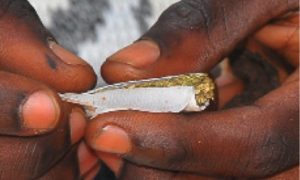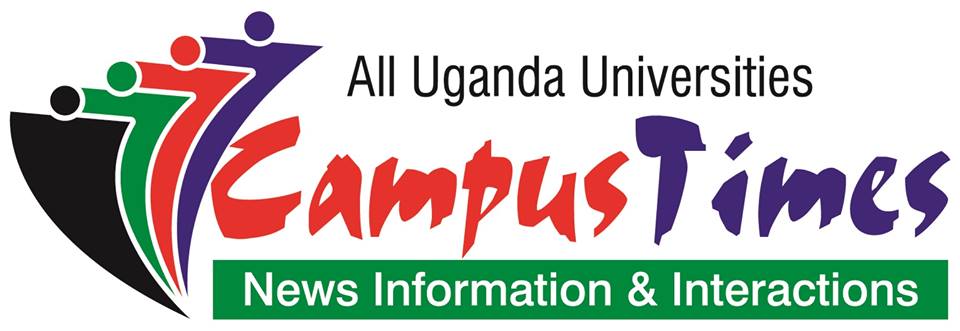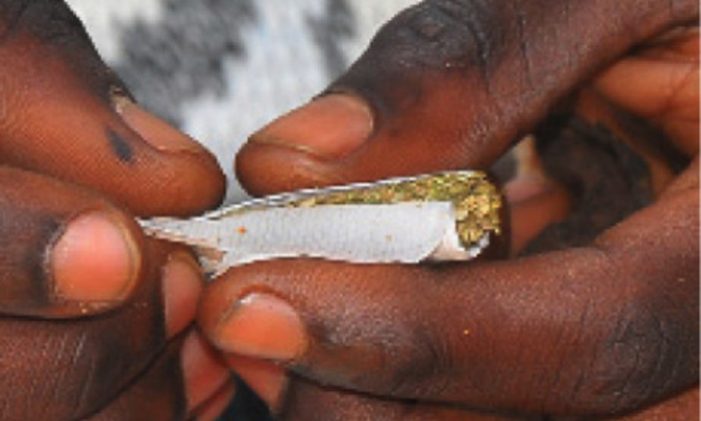
The use of alcohol and other substances during adolescence and early adulthood has become a serious public health problem at some universities and colleges in Uganda.
This can be seen by the high number of patients admitted to Butabika National Referral Mental Hospital, majority of whom are university and high school students suffering from alcohol and drug addiction or abuse as revealed by Dr David Basangwa, the hospital executive director in May 2018.
Dr Bisangwa cited alcohol and drug abuse as the major drivers. Besides alcohol packed in sachets and tobacco, Dr Basangwa, said there are clinical drugs that are abused by most of the patients.
The global burden of disease projected that tobacco, alcohol and illicit drugs were respectively the 2nd, 9th and 20th leading cause of mortality globally.
According to a report, it was projected that tobacco smoking alone would lead to 1 billion deaths globally during the 21st century. The World Health Organization’s global status report on Alcohol, 2004 stated that Uganda had one of the highest alcohol and substance abuse rates in the World.
With over half of Uganda’s population aged below 24 years, school going adolescents and young people are part of these statistics. A study done on drug and substance abuse in schools of Kampala and Wakiso found that between 60 to 71% of students used illicit drugs with alcohol and cannabis taking the biggest percentages.
Given the serious consequences of drug and alcohol abuse, considerable effort has been directed toward adults who have developed health problems with the low success rates. In research and clinical studies, adolescent alcohol and substance use has been relatively neglected which justifies the need for counseling as an ideal option.

In Uganda, there is a paucity of services and treatment programs, with the few available treatment programs and models targeting adults without appropriate attention to different developmental and child protection needs.
In addition, there is no policy to guide any implementation of services to control alcohol and illicit substance use among children and adolescents in Uganda.
The continued use of these substances of abuse has a spectrum of adverse outcomes including psychological, physical, social and legal problems. Among adolescents with substance use problems, co-occurring mental disorders are common and serious.
In general, research has shown that individuals with co-occurring disorders have more severe psychiatric symptoms, are more difficult to treat, incur greater costs, and have worse overall outcomes than persons with only one disorder.
Physical adverse health effects have been shown in adolescent smokers, including effects on the lungs. While many of these conditions, particularly the physical ones develop after a chronic use spanning many decades, and are therefore rare in children and adolescents, an understanding of substance use and substance use problems during adolescence is critical to any approach aimed at lessening harmful consequences of illicit use of addictive substances. This is because it is during childhood and adolescence that the use of addictive substances typically first occurs a reason why counseling is key in averting the problem.
Some studies suggest that if illicit substance use is not initiated by age 21, it is unlikely to ever be initiated. Furthermore, age at initiation of illicit substance use has consistently been shown to be associated with higher lifetime consumption, more risky patterns of use and, a high level of severity of dependence.
Studies suggest that the younger an individual is at the onset of substance use, the greater the likelihood that a substance use disorder will develop and continue into adulthood.
Furthermore, it is stated that more than 90% of adults with current substance use disorders started using illicit drugs of abuse before age 18; half of those began before age 15 years.
Thus, it is clear that early onset use is a robust indicator of risk for future substance related physical and mental health problems

